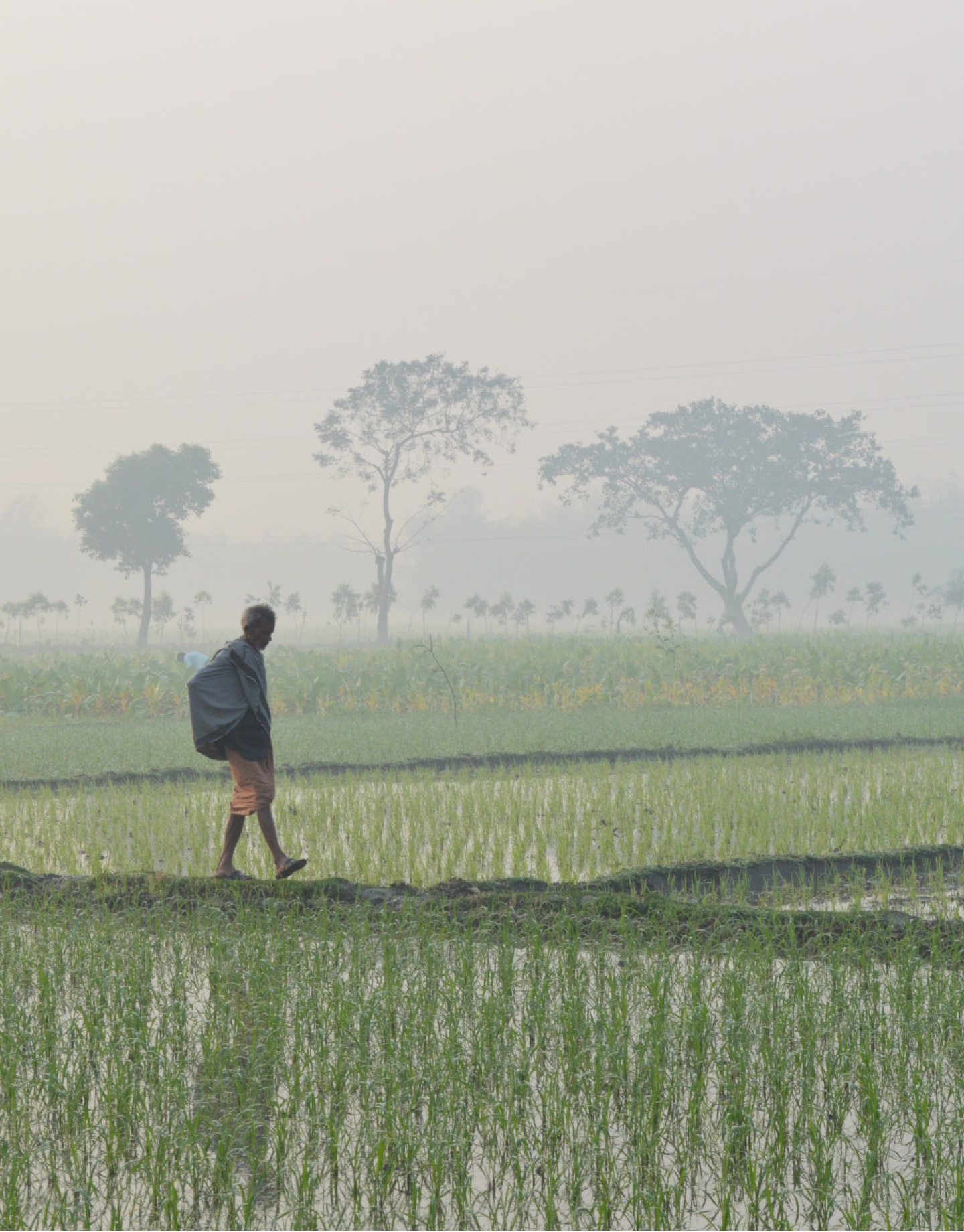Multiple and overlapping stresses and shocks, such as climate change, a rise in extreme weather events, the ongoing COVID-19 pandemic, and the food security crisis from the war in Ukraine, risk further disrupting already fragile agriculture value chains and global food systems. We must intensify efforts to build agriculture and food systems that can deliver enough safe, affordable, and healthy food to people in a sustainable way, in times of crisis and beyond.

The facts are clear: Climate change affects food and food security.
Its impacts disproportionately affect smallholder farmers, increase the incidence of hunger, and exacerbate poverty. While agriculture is a significant contributor to greenhouse gas emissions, it is also highly susceptible to the effects of climate change. Evidence suggests that the food system as a whole could generate more than a third of global emissions. At the same time, climate change poses a threat to farmers and those who depend on the food system for their incomes. In fact, climate change could force more than 130 million people into extreme poverty by 2030, mostly through impacts on agriculture and food security. Meanwhile, global hunger increased under the shadow of COVID-19 and other compounding stresses and crises. Close to 12 percent of the global population—more than 900 million people—were severely food insecure in 2020 and around 3 billion people could not afford healthy diets, resulting in a triple burden of malnutrition that can exacerbate health crises.
Urgent action is needed for more-sustainable and climate-resilient practices that reduce the climate footprint, strengthen farmers’ resilience, and increase food production to meet current and future demand. And addressing the nexus between food, agriculture, and climate is essential to building inclusive, sustainable, and resilient agriculture and food systems and achieving many of the Sustainable Development Goals (SDGs) by 2030. So, how do we feed and nourish a growing population while protecting the environment, improving resilience, and supporting smallholder farmers’ livelihoods?
Agriculture can and must be part of the solution. Most of the world’s food is grown on small or family farms, so improving agriculture and food systems is critical, particularly during times of crisis and under increasing threats to global food security. Compounding this, agriculture and food systems also can provide better livelihoods for millions of people through increased productivity and better market access for smallholders and their families. Growth in the agriculture sector is 2–4 times more effective than other sectors in raising incomes among the poorest of the poor.
Strengthening agriculture and food systems can improve food and nutrition security, help raise incomes and reduce poverty, and ultimately lower greenhouse gas emissions and heal the planet. Investments in agriculture must be channeled towards enhancing farmers’ resilience to absorb, withstand, and overcome shocks and to produce more and better food for all. Meanwhile, investment in the agri-food sector is lagging, both from the public and private sectors, despite recent evidence showing that donors must double the amount of aid given each year to end hunger sustainably.



